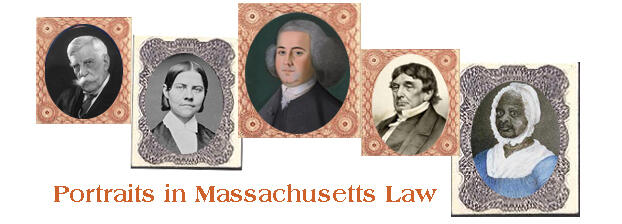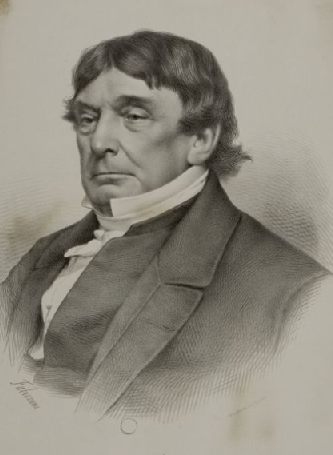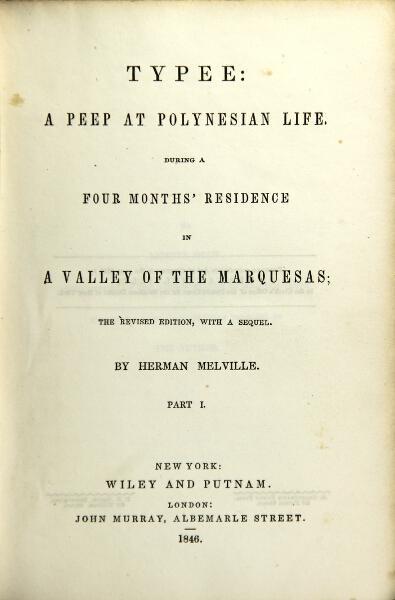- Trial Court Law Libraries

These pages provide links to biographical information about people who have been particularly important in legal history in Massachusetts, as our government took shape in the cauldron of the American Revolution and grew and changed throughout the nineteenth and twentieth centuries.
Lemuel Shaw was Chief Justice of the Massachusetts Supreme Judicial Court from 1830 to 1860. He first took his seat at a sitting of the Court in Lenox in Berkshire County on August 31, 1830. In the thirty years that followed, the “approximately 2,200 decisions” that he wrote helped to create a body of law.
“At the time of his appointment to the bench, American law was still in its formative period. . . No other state judge through his opinions alone had so great an influence on the course of American law.”
– Leonard W. Levy, “Lemuel Shaw: America’s Greatest Magistrate”, 7 Vill. L. Rev. 389 (1962)
In 1881, in The Common Law, Oliver Wendell Holmes, Jr. said of Shaw that “few have lived who were his equals in their understanding of the grounds of public policy to which all laws must ultimately be referred. It is this that made him …the greatest magistrate which this country has produced.”
“He has become our exemplar of justice, his name a maxim. His portraits even, so familiar to us all, carry conviction of his power. As we look at his likeness we are reminded of the legendary Greek who, when asked how she knew that Hercules was a god, replied, ‘because I was content the moment my eyes fell upon him.’ ”
– Frederick H. Chase in 272 Mass. 591 (1930) Centennial Memorial on the Centenary of the Appointment of Lemuel Shaw as Chief Justice of the Mass. Supreme Judicial Court.
One example of the influence of his opinions is the “reasonable doubt” standard used for over 100 years in criminal trials, first delineated by Shaw in Commonwealth v. Webster, 59 Mass. 295 (1850). Only in 2015 did the Supreme Judicial Court choose to use “more modern language” to define the concept of reasonable doubt, still honoring the preservation of “the power, efficacy, and essence of the Webster charge.”
Lemuel Shaw had a long and complex relationship with his son-in-law, Herman Melville, detailed in an article written by Kenneth S. Lynn (5 Consitutional Commentary 411 (1988)). Melville dedicated the first book that he ever published, Typee, “To Lemuel Shaw, Chief Justice of the Commonwealth of Massachusetts, This Little Work is Affectionately Inscribed by the Author”. Shaw provided financial support for Melville’s family while Herman Melville wrote Moby Dick at the farm known as Arrowhead in Pittsfield.
In February of this year, Chief Justice Ralph Gants put out a call to identify the sitter in a portrait that hung outside his chambers. We can no longer hold that the portraits of Lemuel Shaw are “so familiar to us all”, as Frederick Chase averred in 1930. But after an attempt to rediscover the identity of the subject of the portrait, the Court is satisfied that the redoubtable visage of Chief Justice Lemuel Shaw is overlooking the administration of justice in Massachusetts.


